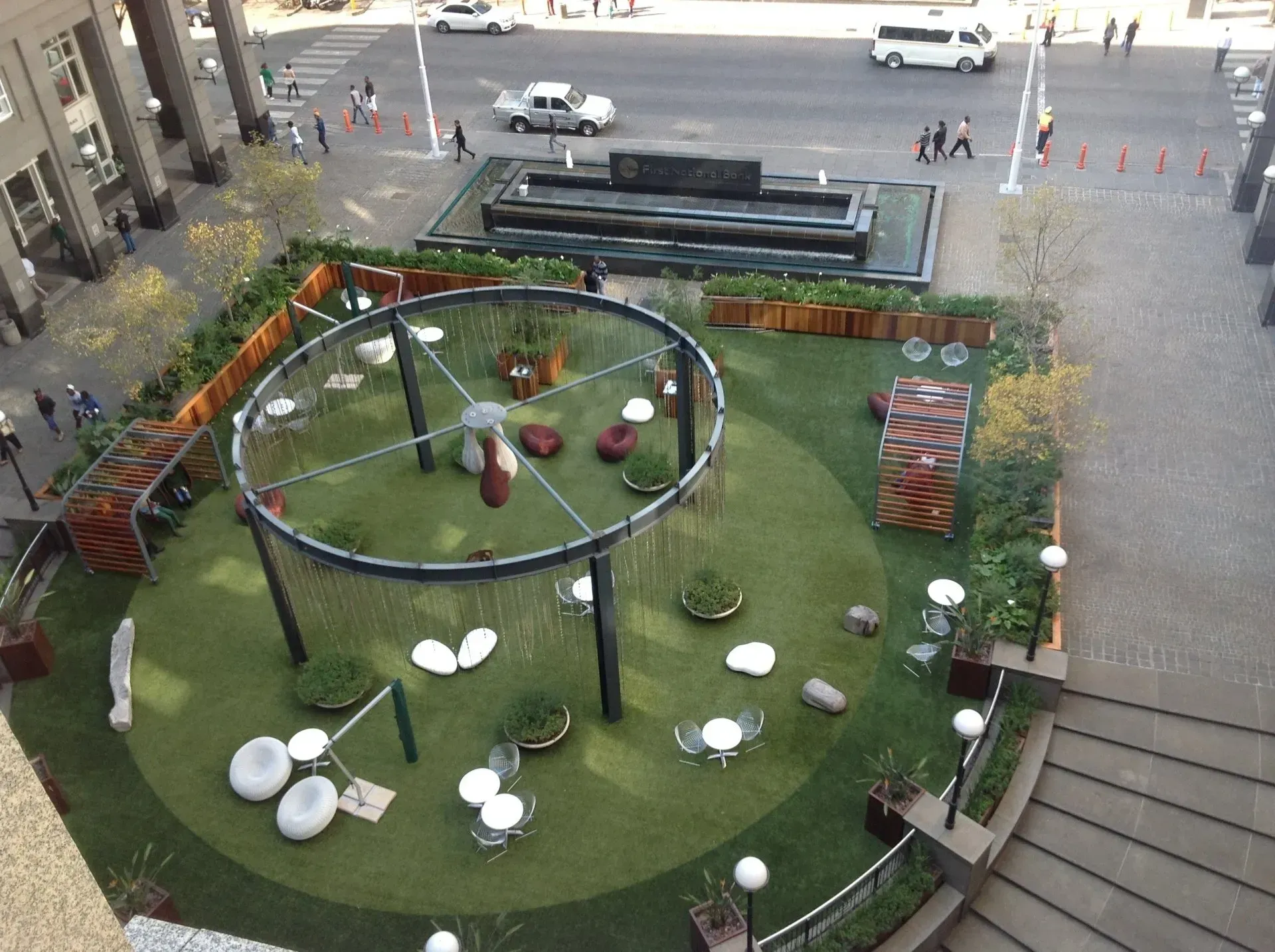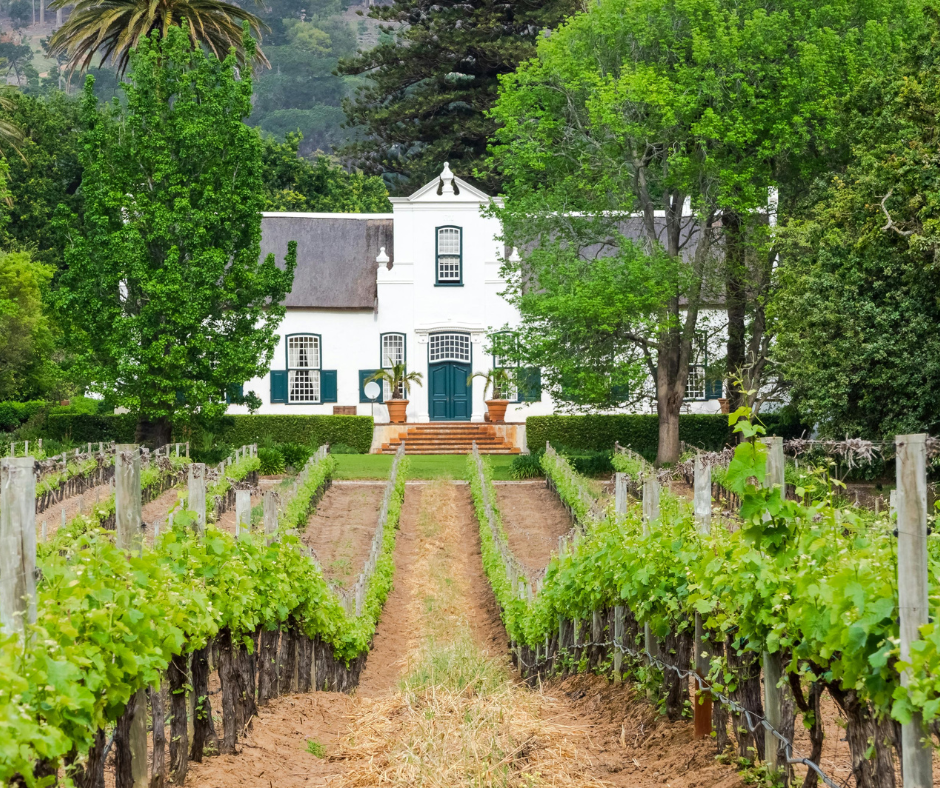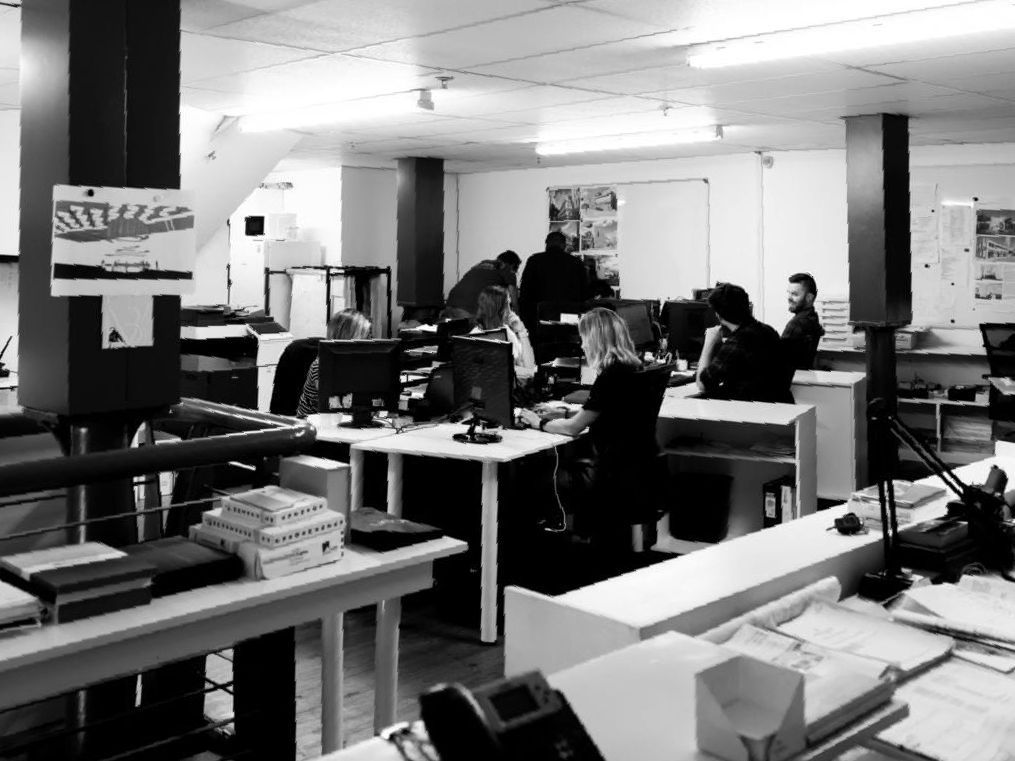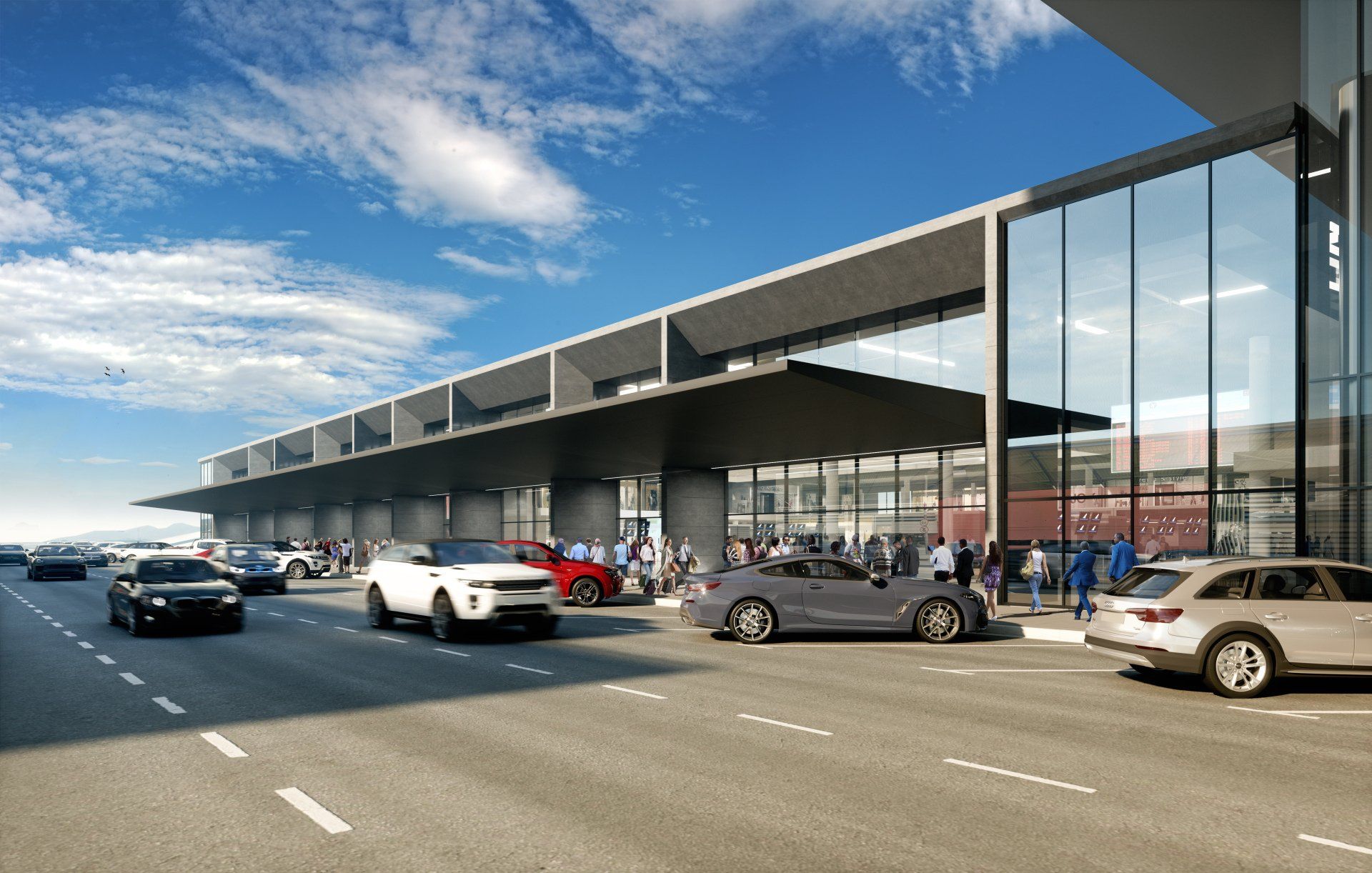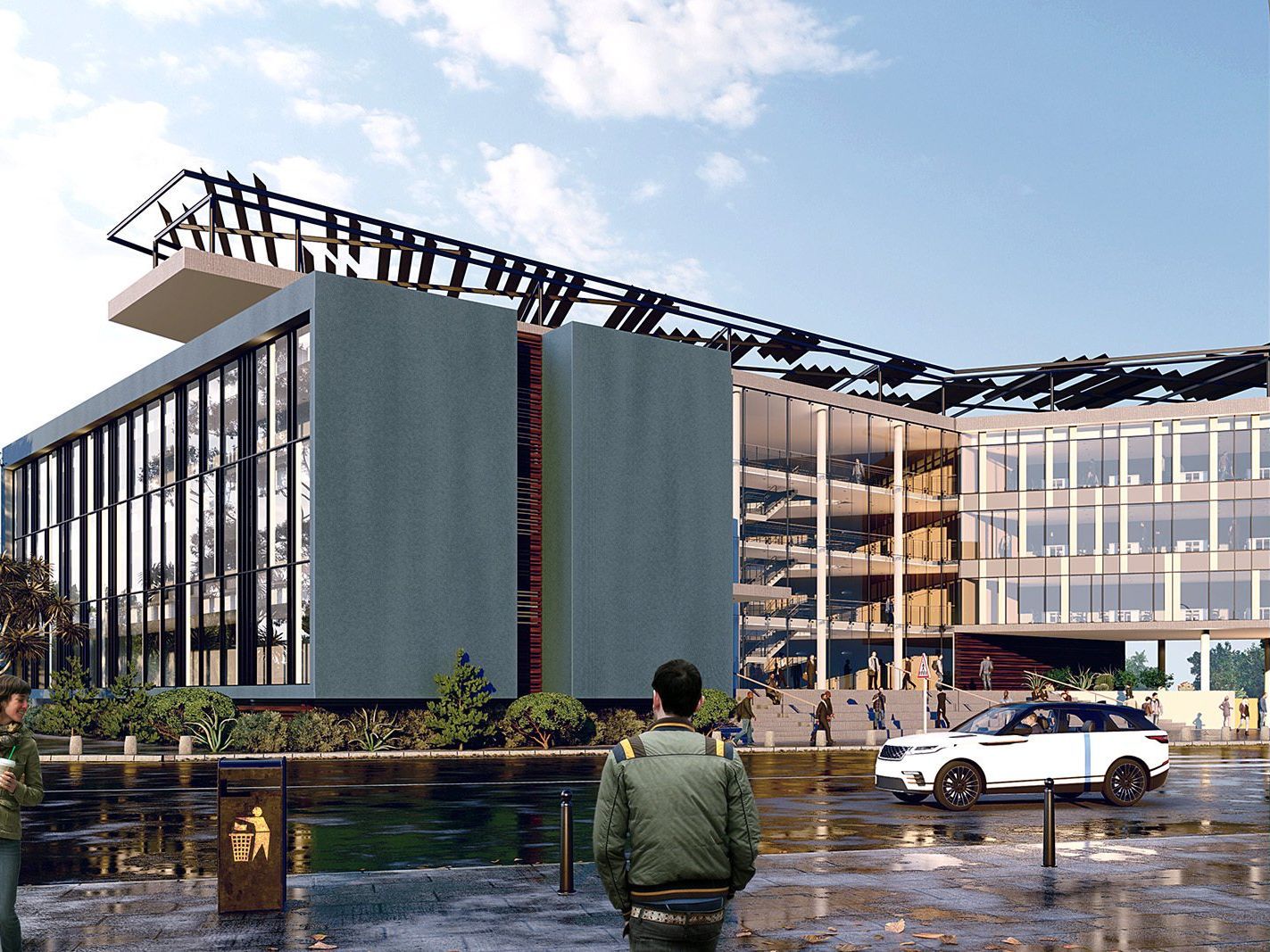About DesignScape Architecture & Design
Architecture and design for organisations that want creative, innovative solutions
At DesignScape Architects, our team believes that design has the power to make our clients more relevant and more effective. Keep reading to learn how design can transform your organisation.
Why choose Design Scape?
What sets us apart from other architecture firms is our ability to communicate and clarify every phase of the project— from clearly defined project parameters and scope of work, to conceptual design and visualisation, to detail-minded construction administration and the final walkthrough.
We work hard through every project phase to be efficient, helpful, and responsive and ensure our clients feel confident about their decision to hire us and the work we are doing for them.
Great Design Is A Journey, Let Us Be Your Guide
We make change & growth easier for your organisation.
For many organisations, a key obstacle to change or growth is knowing where to begin and which path to take. There are many ideas and options to choose from, but what you really need is a knowledgeable guide to help you make the best decisions.
At Design Scape, our experienced team guides you through our proven process for success. We take you from initial ideas to completed project with a full-service process that delivers full-service results.
Click to learn more about the Capetown Airport Project
Diversity Creates Innovation
Our practise was founded by a core group of architects. Since then we have grown to a team of 20 with offices in Cape Town and Durban, serving clients both locally and nationally. At Design Scape, we take great pride in our diverse team. By bringing together various cultural influences, educational backgrounds, and personal histories, we have created a stimulating environment that allows for open discussion and exploration of innovative ideas and solutions.
How We Help You
Architecture is a complex process often involving a wide range of ideas and inputs from many different stakeholders. Developing solutions that create common ground is as much an art as it is a science. At Design Scape, one thread connects art and science — our clear and proven process. With our experience and expertise, we have designed a process to take you from a simple idea, want, or need, to a fully-functioning building.
Get in touch to share your ideas and start your project.
Our Blog Is a Great Source of Information
Cape Town
109 Waterkant Street
De Waterkant Cape Town
South Africa, 8001
Durban
Rydall Vale Office Park
Rydall Vale Crescent
Block 3 Suite 3
Umhlanga, 4019
Website design by Archmark







